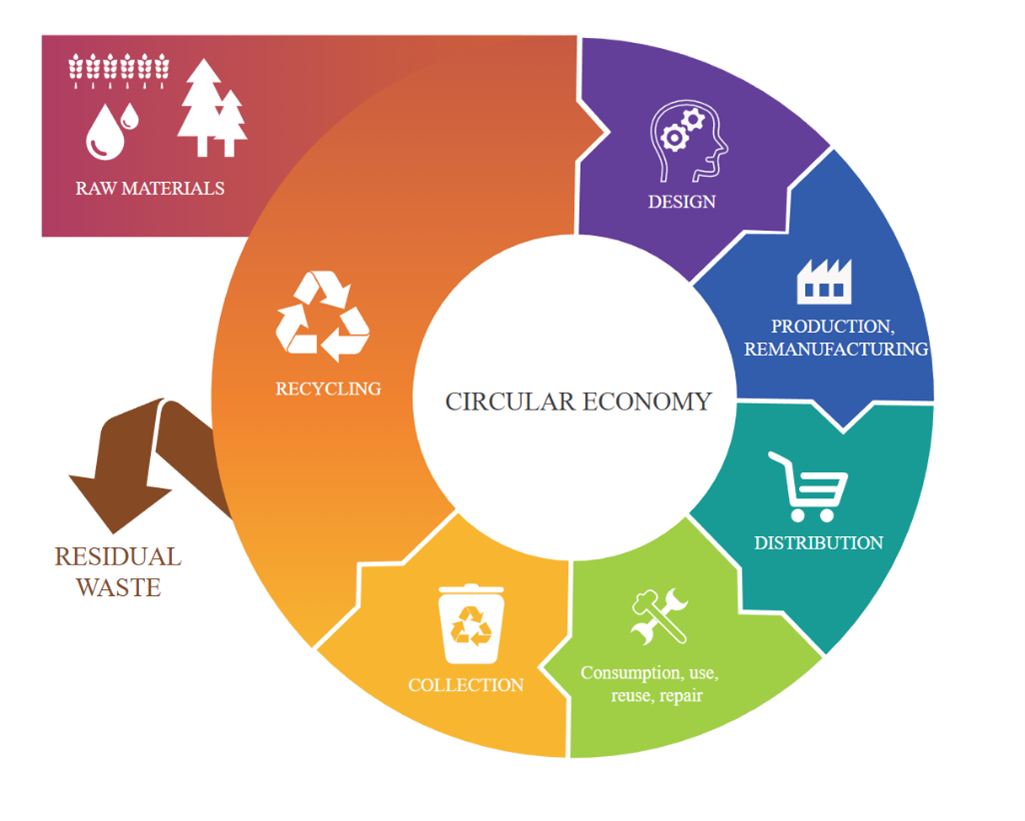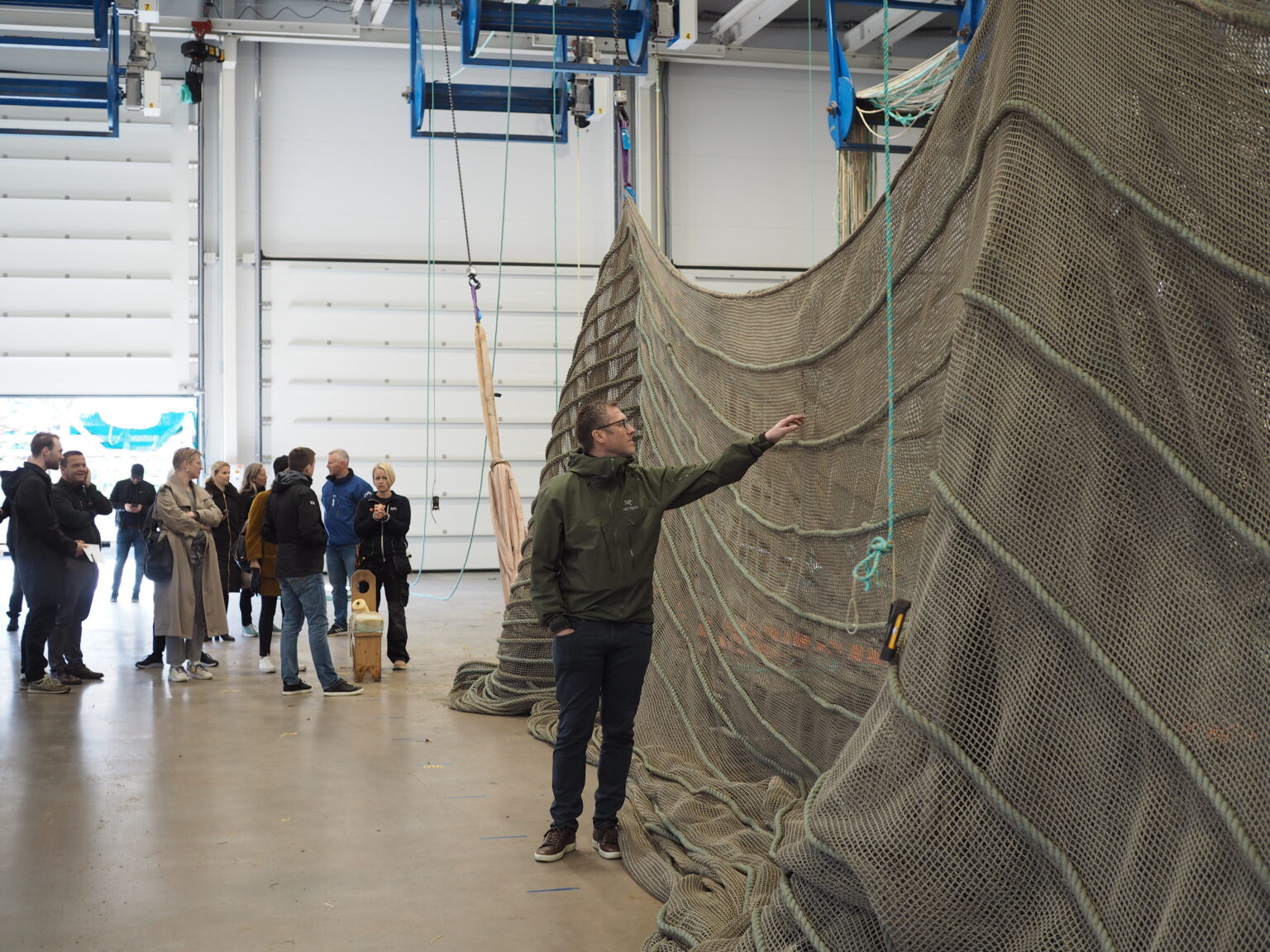Picture from Seafood Circular visiting Egersund Net
From a linear view
In short, circular economy is the opposite of a linear economy, which is a model based on a pattern of take – make – consume – throw away. Most of the products in a linear economy are not designed to last.
There are several issues with a linear economy, among others it implies:
- Non-efficient use of resources
- It involves a small extent of sharing products/services
- A high demand of products
- And it puts a pressure on natural resources, meaning our reserve of non-renewable resources can be emptied.
Consequently (or additionally), the linear economy model contributes to climate emissions.
To a circular model
While the linear economy focuses on using, circular economy puts two more letters on and centres around re-using.
The three concepts re-use, repair and recycle are important in a circular economy, and the core is to use the earth`s resources in the best possible way.
Designing to last and choosing the right products
In a circular economy it is essential that the things we use last longer and are used in a more effective way.

As you see on the figure, the design-stage is very important in a circular economy. Designing products meant to be re-used, recycled or repaired are central to the circular economy, and the ones producing have significant power over the matter.
Illustration from Eurpean Parliament.
However, this is also something the users and buyers can affect when they are deciding which products to use. For instance, choosing products with materials which can be recycled, reused or repaired. In other words, each organisation can make an impact only by choosing products with this in mind.
Only 2,4 % circular
A report from 2020 stated that Norwegian economy only is about 2,4 % circular, and this means that there is a big potential to increase the percentage.
Aquaculture and fisheries are listed as industries with significant potential within circular economy in Norway. Especially because of their potential within food production and exploitation of raw materials, recycling of nutrients and production of sustainable animal feed.
How to start
Using the power you have as an ordinary consumer or an actor in a big industry to choose products carefully with the three R`s (recycle, re-use and repair) in mind can make an contribution towards a more circular economy.
Second, more cooperation across sectors and industries are also important in order to succeed. As seen in the illustration, everyone affects each other in a circle, and thinking about how we can cooperate can benefit more than one actor.
Before starting on these two challenges, learning more about circular economy and circular business models can be a good start, and we have a course for our members called Seafood Circular where you can do that. It starts in February 2023, and it is a perfect opportunity to get the latest insight in circular economy, circular business models and more. Check it out here.
